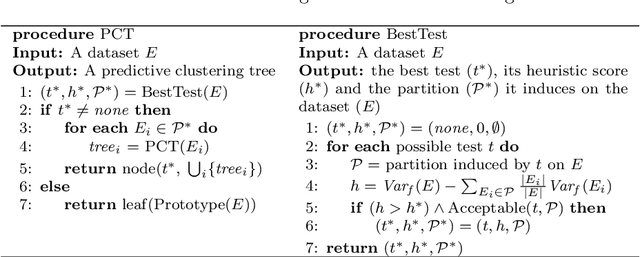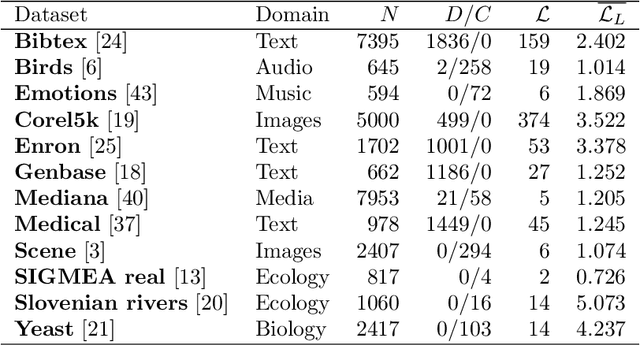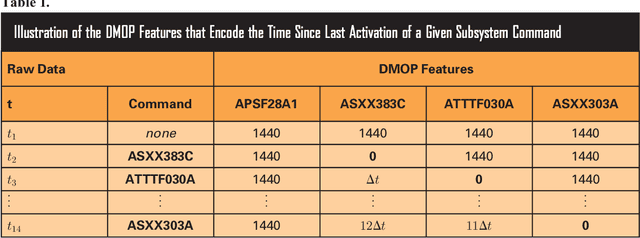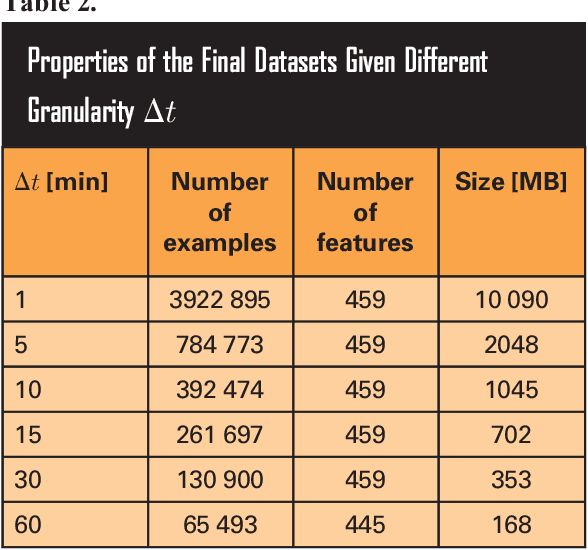Jurica Levatić
Semi-supervised Predictive Clustering Trees for (Hierarchical) Multi-label Classification
Jul 19, 2022



Abstract:Semi-supervised learning (SSL) is a common approach to learning predictive models using not only labeled examples, but also unlabeled examples. While SSL for the simple tasks of classification and regression has received a lot of attention from the research community, this is not properly investigated for complex prediction tasks with structurally dependent variables. This is the case of multi-label classification and hierarchical multi-label classification tasks, which may require additional information, possibly coming from the underlying distribution in the descriptive space provided by unlabeled examples, to better face the challenging task of predicting simultaneously multiple class labels. In this paper, we investigate this aspect and propose a (hierarchical) multi-label classification method based on semi-supervised learning of predictive clustering trees. We also extend the method towards ensemble learning and propose a method based on the random forest approach. Extensive experimental evaluation conducted on 23 datasets shows significant advantages of the proposed method and its extension with respect to their supervised counterparts. Moreover, the method preserves interpretability and reduces the time complexity of classical tree-based models.
Machine learning for predicting thermal power consumption of the Mars Express Spacecraft
Sep 03, 2018



Abstract:The thermal subsystem of the Mars Express (MEX) spacecraft keeps the on-board equipment within its pre-defined operating temperatures range. To plan and optimize the scientific operations of MEX, its operators need to estimate in advance, as accurately as possible, the power consumption of the thermal subsystem. The remaining power can then be allocated for scientific purposes. We present a machine learning pipeline for efficiently constructing accurate predictive models for predicting the power of the thermal subsystem on board MEX. In particular, we employ state-of-the-art feature engineering approaches for transforming raw telemetry data, in turn used for constructing accurate models with different state-of-the-art machine learning methods. We show that the proposed pipeline considerably improve our previous (competition-winning) work in terms of time efficiency and predictive performance. Moreover, while achieving superior predictive performance, the constructed models also provide important insight into the spacecraft's behavior, allowing for further analyses and optimal planning of MEX's operation.
 Add to Chrome
Add to Chrome Add to Firefox
Add to Firefox Add to Edge
Add to Edge